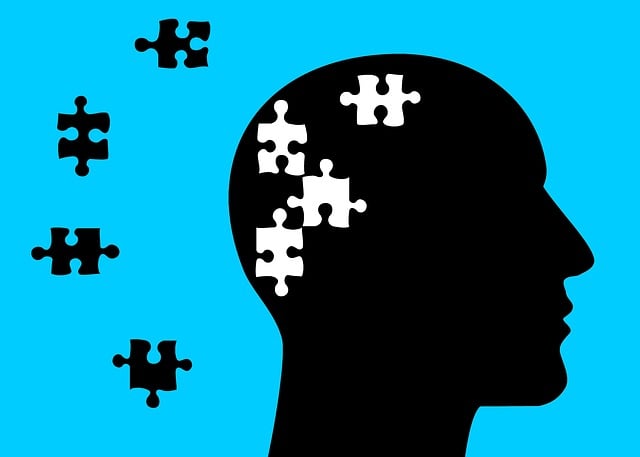Crisis Intervention Teams (CITs), equipped with Cognitive Behavioral Therapy (CBT) and Emotional Intelligence (EI) training, swiftly respond to child welfare crises. Through CBT techniques, these multidisciplinary teams teach children emotional regulation and self-awareness via journaling exercises, empowering them to cope with distress. This proactive approach prevents crisis escalation, enhances resilience, and ensures children receive vital support before challenges intensify. Mentoring exercises further improve team dynamics and intervention outcomes.
Crisis intervention team (CIT) training programs are vital in equipping professionals with essential skills to handle high-risk situations, particularly in child welfare. This article delves into the critical role of CITs and explores effective strategies for their training. We examine the significance of therapy for children, focusing on integrating cognitive behavioral therapy (CBT) techniques to enhance crisis management. By understanding the key components of successful program design, we can improve outcomes and provide better support for vulnerable youth.
- Understanding Crisis Intervention Teams: Their Role and Importance in Child Welfare
- Therapy for Children: Integrating Cognitive Behavioral Therapy into Crisis Training
- Effective Program Design: Key Components of Successful Crisis Intervention Team Training Programs
Understanding Crisis Intervention Teams: Their Role and Importance in Child Welfare

Crisis Intervention Teams (CITs) play a vital role in child welfare, providing immediate and effective support to children and families facing severe crises. These teams consist of trained professionals from various disciplines, including social workers, psychologists, and law enforcement officers, who collaborate to assess and de-escalate high-risk situations. By integrating Cognitive Behavioral Therapy (CBT) techniques and other evidence-based practices, CITs offer therapy for children in acute distress, helping them develop coping strategies and improve their mental wellness.
The significance of CITs lies in their ability to foster emotional regulation and self-awareness exercises, enabling children to navigate challenging circumstances. Through Mental Wellness Journaling Exercises guidance, these teams assist young individuals in expressing and processing their emotions, thereby enhancing their overall mental health. This proactive approach ensures that children receive the necessary support before crises escalate, promoting healthier outcomes and a more resilient future.
Therapy for Children: Integrating Cognitive Behavioral Therapy into Crisis Training

Crisis intervention team training programs are increasingly integrating Therapy for Children, specifically Cognitive Behavioral Therapy (CBT), into their curricula. CBT is an evidence-based approach that teaches individuals, including children, to recognize and modify negative thought patterns and behaviors. By incorporating CBT techniques into crisis training, professionals can equip teams with valuable tools to support young people during traumatic events. This not only enhances the effectiveness of interventions but also contributes to burnout prevention among team members.
Incorporating Therapy for Children and CBT goes beyond addressing immediate crises. It empowers crisis intervention teams with Emotional Well-being Promotion Techniques that foster resilience and promote healthy coping mechanisms. Moreover, these practices aid in mood management, enabling individuals to regulate their emotional responses during challenging situations. By integrating such therapeutic methods into training, crisis teams can offer more comprehensive support, ensuring better outcomes for both the individuals they assist and themselves.
Effective Program Design: Key Components of Successful Crisis Intervention Team Training Programs

Effective program design is a cornerstone of successful Crisis Intervention Team (CIT) training. These programs must be meticulously crafted to equip team members with the necessary skills and knowledge to handle crises effectively, especially in children’s lives. A robust CIT training curriculum incorporates various key components. Firstly, it emphasizes evidence-based practices such as Cognitive Behavioral Therapy (CBT), which is pivotal in helping individuals manage emotional distress and promote mental wellness.
Additionally, fostering Emotional Intelligence (EI) among team members is vital. Training should include strategies for recognizing and understanding emotions, both one’s own and others’, thereby enhancing empathy and effective communication during crisis situations. Mentoring exercises that encourage reflective journaling can be a powerful tool to boost confidence in decision-making and problem-solving abilities. These exercises allow individuals to process their experiences, identify strengths, and overcome personal barriers, ultimately contributing to better team dynamics and crisis intervention outcomes.
Crisis intervention team (CIT) training programs play a vital role in enhancing child welfare by equipping professionals with essential skills. Integrating cognitive behavioral therapy (CBT) into these programs has proven effective in treating children’s emotional needs during crises. By focusing on key components like evidence-based practices, team building, and cultural competency, CIT training ensures professionals are well-prepared to handle sensitive situations. These initiatives ultimately foster healthier outcomes for vulnerable children and strengthen the overall child welfare system.














